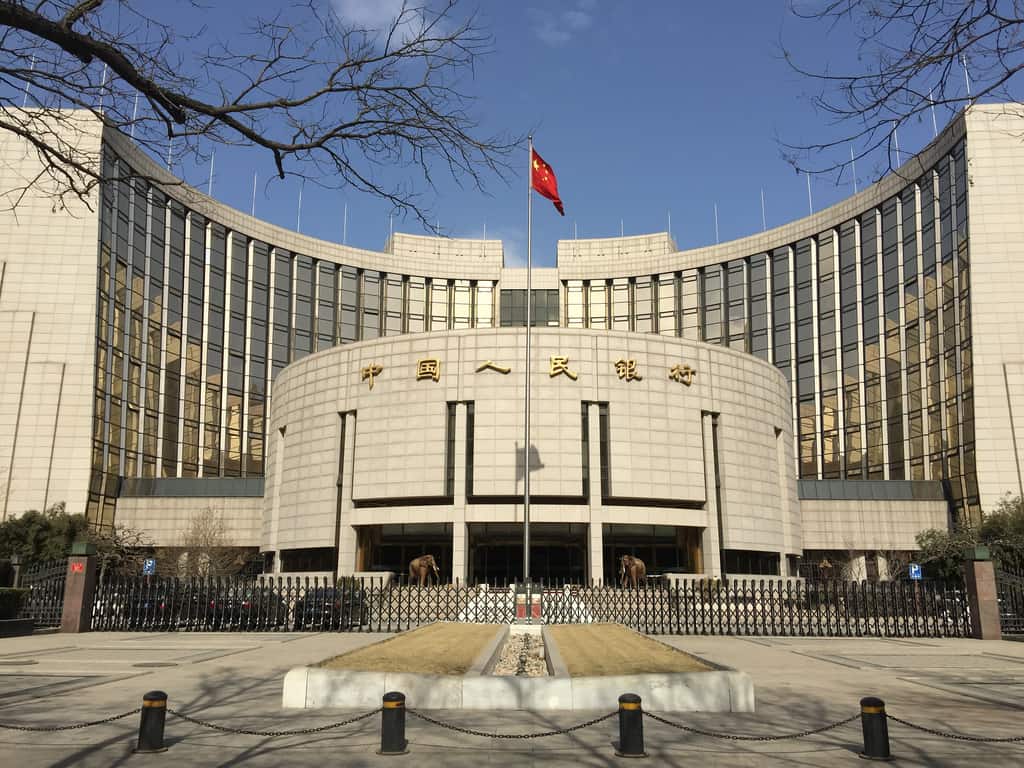The People’s Bank of China (PBOC) has made a call for innovation and improvement to monetary policy tools, in order to ensure that China’s economy continues to function within “rational boundaries”.
In a statement published on 19 September PBOC said that it would “continually innovative and improve monetary policy adjustments, and expedite the operation of the economy within rational boundaries.”
PBOC highlighted the following areas of focus:
- Stability as the key word, making ourselves the focus, and striving to stabilise the overall macro-economy. PBOC said that it upheld the principles of refraining from flood-style irrigation, not engaging in excessive monetary issuance, and maintaining the rational stability of monetary and financial conditions. “Amidst a background of global inflation, [we have] maintained the stability of prices, and supported the stability of the overall macro-economy.”
- Maintaining stability in the growth of monetary and lending volumes. PBOC said that it had employed multiple monetary policy tools to maintain “rationally ample” liquidity in the banking system. Since 2018, PBOC has reduced the required reserve ratio 13 times to release 10.8 trillion yuan in liquidity, as well as maintained “fundamental consistency between M2 and total social financing growth and nominal GDP growth.” PBOC points out that from 2018 to 2021 China’s average M2 money supply growth was 9%, roughly on par with average GDP growth of 8.3% during this period. “We have avoided flood-style irrigation, and the macro-leverage ratio is basically stable.”
- Continuing to drive declines in financing costs for the real economy. Stressing the role of interest rates as the price of funds, PBOC said that it had “continued to deepen market-based reforms of interest rates and improved mechanisms for the formation and transmission of market-based interest rates,” highlighting in particular efforts to drive reforms of the loan prime rate (LPR).
- Strengthening support for key areas, weak linkages and pandemic affected sectors. PBOC said that it had innovated and applied structural monetary policy tools, and guided financial institutions to better provide loan support to micro-and-small enterprises, green development, tech innovation and manufacturing. PBOC has also made effective use of reloans to support agriculture and small business, as well as reduced reloan rates. Another area of focus has been deferral of payments for mortgages and consumer loans in areas affected by the pandemic. As of the end of July, the financial inclusion micro-and-small loan balance was 21.9 trillion yuan, for a 2.7-fold increase compared to 2018.
- Maintaining the fundamental stability of the renminbi exchange rate at a rationally balanced level. PBOC said that in recent years the renminbi exchange rate had become more market determined, and “played the role of an automatic stabiliser for adjusting the macro-economy and the balance of payments, effectively expediting internal and external balance.” At the same time, PBOC said that when appropriate it had made use of tools such as the foreign exchange deposit reserve ratio, and upheld the principles of “foreign exchange risk neutrality and real need.”
- Upholding the leadership of the party and upholding the principles of marketisation and the rule of law. PBOC said that it had continually upheld the “concentrated unified leadership” of the Chinese Communist Party when it came to financial work, and “unwaveringly implemented the CCP central committee’s decisions and arrangements in relation to financial work.” At the same time, it had upheld the principles of letting the market determine the allocation of resources, upheld the sovereign decision-making independence of market entities, and refrained from directly interfering in the economic activities of micro-actors. PBOC has nonetheless “guided financial institutions in achieving optimised allocation of financial resources amidst market competition.”
- Focusing on the strengthening of micro-policy coordination. PBOC stated that monetary policy was coordinated with fiscal, industrial and other macro-economic policies under the leadership of the CCP central committee and the State Council. According to PBOC this makes it possible to “key an eye on the big macro-picture, avoid conflict and rivalry between individual policies, form unified force of policy, and obtain better macro-economic adjustment results.”
- Rationally making moderate use of structured monetary policy tools. PBOC said that in recent years it had taken to the effective deployment of structured monetary policy tools to achieve “targeted irrigation”, with a focus on servicing key areas and weak linkages including financial inclusion, green and low-carbon sectors and tech innovation, in order to “adapt to the intrinsic needs of high-quality economic development.” As of the end of June PBOC’s structured monetary policy tool balance was 5.4 trillion yuan accounting for one sixth of the base money volume.


